Laboratory mixing from Intertronics now non-invasive
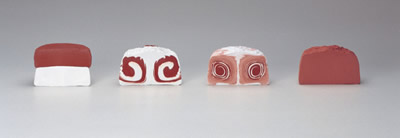
Mixing of materials in the laboratory or for smaller production volumes is traditionally done by hand, or the use of some sort of mechanical blade, impellor or paddle to agitate the mix. These are fine in their way, being largely inexpensive, manual or simple powered tool processes, and are adequate for many mixing tasks.
There are challenges when the materials involved include large differentials in viscosity, when one or more component is a very high viscosity, or when one or more components is a powder or other solid – in high technology applications, these could include organic materials, oils, aqueous solutions, clays, pastes, precious metal powders or nano-tubes. Critical applications may demand a guaranteed completely homogenous mix with no entrapped air, and a process which is both reliable and repeatable. Where materials are expensive or rare, process time and material wastage are also important factors, and mixing may be required in smaller volumes (i.e. less than 5 grams).
Mechanical mixing techniques can be prone to introducing air into the material, which would be unacceptable for many applications, for example, an optical encapsulant. A separate and additional de-aeration process would then be needed - equipment to centrifuge or vacuum the air out of the mix. Usually vacuum degassing is a manual process which is time-consuming, messy and can result in foaming, leading to overspill of the material.
Clearly there ought to be a better way - and indeed an alternative approach is available using the principles of simultaneous rotation and revolution (planetary) motions, where the mixer equipment rotates the container holding the material and at the same time revolves the container. By simultaneously revolving and rotating, a strong whirlpool-type flow is generated in the materials themselves, stirring and dispersing them. By carefully altering the rotation and revolution speeds, and, crucially, the ratio between these movement speeds, flow currents are generated in the materials which are alone enough to completely mix the materials, without the need for any invasive mechanical stirrer. There is no air induced by this procedure; indeed, previously entrapped air in the materials is removed.
At Intertronics we have found that the Thinky planetary centrifugal mixers are capable of stirring with forces of up to 400g, which allows them to mix and disperse even high viscosity materials such as oil-based clay. This is made possible by programmable control of the various mixing gyrations. For example, the revolution speed can be adjusted to stir and disperse according to the material’s viscosity and mass. For materials that are sensitive to increases in temperature, the revolution speed can be lowered thus regulating the forces applied to the material. For high viscosity materials, the revolution speed can be increased thus applying maximum mixing force to the material, improving the quality of the mixing.
By altering the relative rotation and revolution motions, more centrifugal forces are induced into the materials, and degassing or de-aerating is achieved.
An excellent example of using the planetary rotation process with a difficult to mix, fragile material is the mixing of alginic acid and water. Normally it is kneaded by hand, but this process is not only messy and very time consuming it also creates a major issue regarding the enfolding of air bubbles.
Alginic acid (Alginate) is a polysaccharide found in brown algae, red algae and coral weed - it is a common additive for food or elsewhere where it is used as a thickener/gelling agent/stabiliser or in cosmetics, dentistry, medical treatments, paper/textiles, fermentation and even in fibrous form as surgical thread. The pure alginate is fibrous, granular or powdery and insoluble in water which naturally complicates the mixing process.
In a simple back to back test a traditional manual mix of alginate and water in a 300ml container took 90 seconds. When solidified it was sectioned and showed excessive variation and many large air bubbles. A parallel process was carried out with the Thinky ARE250. The alginate and water in their container were put into the machine which ran for approximately 50 seconds. The result was a perfectly uniform mix consistency and no air bubbles, with complete batch repeatability.
The mixing of fine powders into thin liquids is prone to agglomeration, due to moisture and air entrapment effects. These may be overcome by the use of this type of equipment. A simple barium titanate ceramic/water mix can be seen to be mixed in two minutes with no agglomeration observed at x1000 magnification. Mixing carbon nano-fibres in epoxy has also proved problematical by traditional methods, largely because of the tangling or “wiring” of the fibres – however tests have shown that gentle progressive mixing generated by the planetary rotational motion enables the fibres to slide over each other in the substrate epoxy, so producing a homogeneous dispersion in a 15 minute operation.
Other test examples include nano-particles of carbon black in silicone, two part silicones, two part epoxies and optical application adhesives, potting compounds or sealants where inadequate mixing or the presence of air bubbles would lead to unacceptable visual distortions or other performance problems.
Traditional methods have served for many years but mixers built on the rotation and revolution “planetary” principle are proving themselves excellent performers in fields as demanding as cosmetics and pharmaceuticals, where quantities as small as 5 grams can be handled for colour adjustment and sample making in a mere 30 seconds. Fortunately the principal is capable of scaling up and quantities up to 5kg can be mixed even up to 1 million cP viscosity.
Similar articles
More from Intertronics
- WACKER signs up Intertronics for silicone distribution 18th July 2018
- Automated sealant dispensing proves a winner for golf 26th April 2018
- Large area benchtop dispensing robot 13th April 2018
- Volumetric dosing pump offers high precision rates 1st February 2018

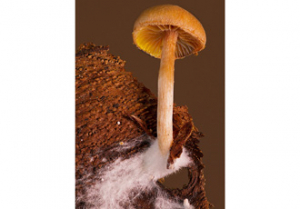
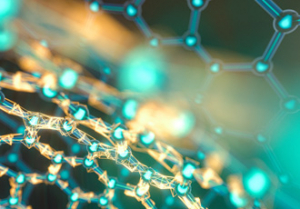
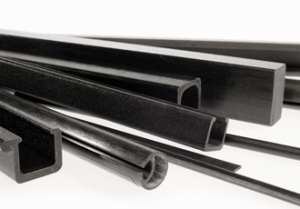
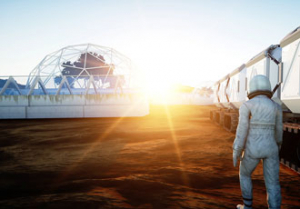







Write a comment
No comments